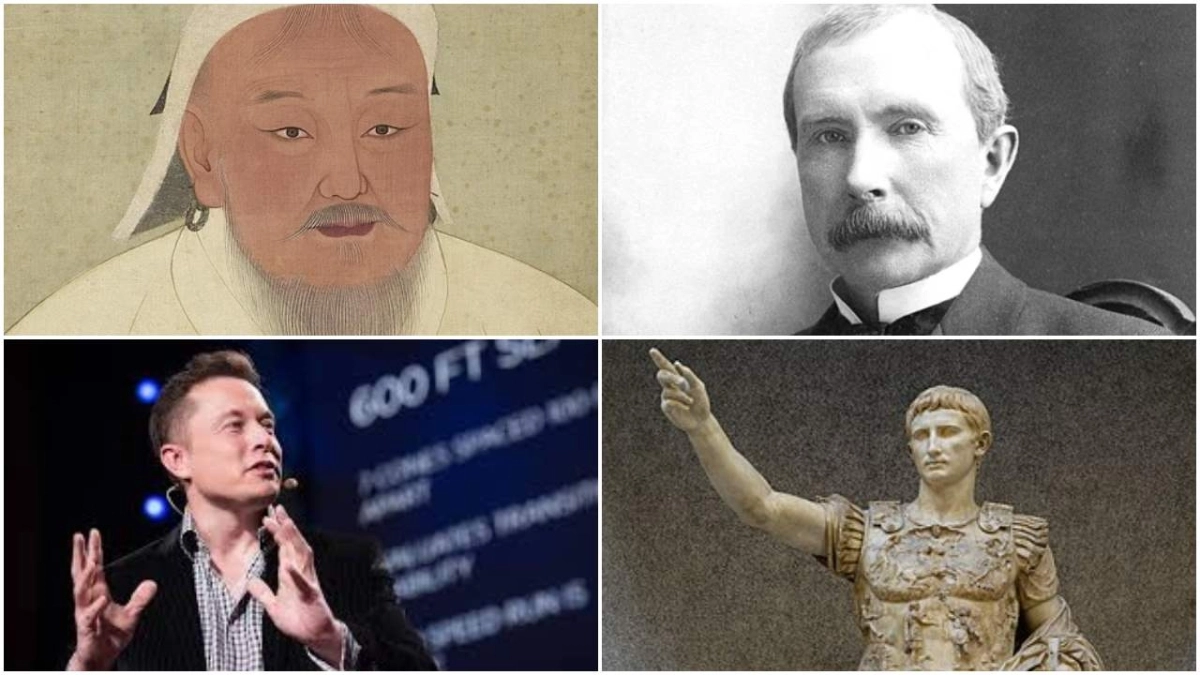The Colossus of Rhodes was one of the Seven Wonders of the Ancient World, a magnificent statue symbolizing the power and resilience of the Rhodians. Erected in the early 3rd century BCE, this monumental figure stood as a testament to the engineering prowess of ancient Greece. Despite its eventual destruction, the Colossus remains an enduring symbol of antiquity’s architectural ambition.
Construction of the Colossus
Following their successful defense against a siege by Demetrius I of Macedon in 305 BCE, the people of Rhodes sought to commemorate their victory. Using weapons and siege equipment left behind by the defeated enemy, they funded the construction of the statue. The renowned sculptor Chares of Lindos was commissioned to design and oversee the project.
The Colossus, standing approximately 33 meters (108 feet) tall, was made primarily of bronze plates reinforced with an iron and stone framework. It depicted the sun god Helios, the patron deity of Rhodes, and was likely positioned near the harbor, though its exact location remains debated. Construction took around 12 years, completing in 280 BCE.
The Destruction of the Colossus
In 226 BCE, a massive earthquake struck Rhodes, toppling the Colossus. The statue broke at the knees and fell, lying in ruins for centuries. Despite various proposals to rebuild it, including one by the Ptolemaic dynasty of Egypt, superstitious fears prevented reconstruction. The remains of the statue reportedly remained in place until the 7th century CE when they were sold as scrap metal by Arab invaders after capturing Rhodes.
Legacy and Influence
The Colossus of Rhodes continues to inspire modern depictions of grand statues, such as the Statue of Liberty. Though no confirmed remnants of the original structure exist today, the legend of the Colossus endures as a symbol of human ingenuity and resilience. Its place among the Seven Wonders cements its status as one of history’s greatest engineering marvels.
Conclusion
The Colossus of Rhodes was an extraordinary achievement of ancient engineering and artistry. While its existence was relatively short-lived, its legacy persists as a testament to the ambition and skill of the ancient Greeks. The story of its rise and fall serves as both a marvel of human creativity and a reminder of nature’s unpredictable forces.







